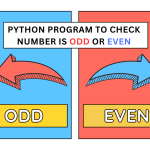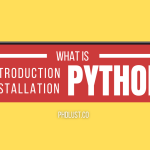What is Walrus operator in Python ?
The walrus operator (:=), introduced in Python 3.8, is a powerful tool that allows assignment and expression evaluation to happen in a single line. It can make code more concise and readable, but it should be used carefully to avoid confusion or misuse. scroll down to clear yourself : how to use it effectively and when to avoid it.
When , Where and How to use or avoid it ?
The walrus operator is a valuable tool for reducing code redundancy and improving efficiency in specific scenarios. However, it’s essential to use it judiciously to maintain code readability and clarity. Stick to using it where it simplifies your code without introducing unnecessary complexity.
How to Use the Walrus Operator
1. Simplifying Code in Loops
One common use case is simplifying code within loops, where you might want to evaluate an expression and assign its value to a variable simultaneously.
Example:
Why it works: The code becomes more concise by eliminating the need for a repeated assignment statement before the loop



